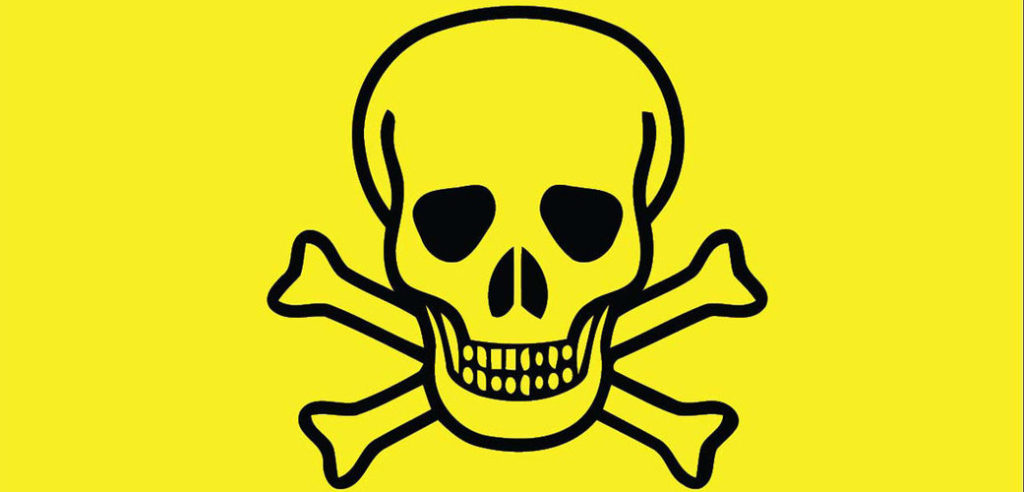[cs_content][cs_section parallax=”false” style=”margin: 0px;padding: 0px 0px 45px;”][cs_row inner_container=”true” marginless_columns=”false” style=”margin: 0px auto;padding: 0px;”][cs_column fade=”false” fade_animation=”in” fade_animation_offset=”45px” fade_duration=”750″ type=”1/1″ style=”padding: 0px;”][cs_text]
by Dr. Carl Hart @drcarlhart
[dropcap]G[/dropcap]Glee actor Cory Monteith was found dead in his hotel room on July 13, and the British Columbia Coroner concluded that his death was the result of a toxic mixture of alcohol and heroin. The actor had an extensive history of drug use dating back to his teens, which he described as being out of control and that at that time he was “doing anything and everything, as much as possible.”
[image type=”rounded” float=”none” src=”http://www.drcarlhart.com/wp-content/uploads/2013/07/cory-monteith-13-768.jpg” info=”none” info_place=”top” info_trigger=”hover”]
After a stint in rehab at age 19, he went for more than a decade without apparent drug-related problems. Then, this past March Mr. Monteith checked himself into a treatment program. He completed the program after about a month and seemed to be on the road to recovery at the time of his death.
For some observers, Mr. Monteith’s death confirms the pernicious nature of illegal drug use and addiction that eventually ends in tragedy. Certainly, we’ve seen the gut-wrenching portrayals of heroin addicts agonizing, especially when experiencing withdrawal from the drug. This characterization, however, seems to be inconsistent with Mr. Monteith’s behavior and that of most heroin users. According to those close to him, he appeared to be healthy and showed no signs of a substance abuse problem. Despite his brief relapse this past March, he always showed up on the set sober and was a model actor. Indeed, this description is more in line with the behavior of most illegal drug users. [blockquote type= “center”]Eighty percent or more people use drugs without obvious problems. [/blockquote]
Still, others speculate that Mr. Monteith was more vulnerable to overdose after recently going through a detox program, because his body was no longer able to tolerate high doses of heroin. There is no evidence indicating he used high doses of heroin in the past or at the time of his death, making this conjecture less plausible. In addition, while it is theoretically possible to die from an overdose of heroin alone, in practical terms this is rare. Only about a quarter of the thousands of heroin-related deaths each year occur as a result of heroin alone. The vast majority of heroin-related deaths — a whopping 70 percent or more — are caused by combining heroin with another sedative, usually alcohol. Regrettably, Mr. Monteith too was a victim of this combination.
As a neuropsychopharmacologist who specializes in substance abuse, I find the focus on factors other than this drug combination distracting and irresponsible. Too often in these tragic cases some “experts” emphasize the failures of rehab, rather than providing the drug-using population with practical information that could prevent countless overdose deaths. We are missing an important public health education opportunity to decrease drug-related accidents.
The Coroner concluded, “there is no evidence to suggest Mr. Monteith’s death was anything other than a most-tragic accident.” What was not said is that this horrible accident, and the thousands of others that occur each year, could have been prevented if our public health education message clearly focused on the potential dangers associated with the alcohol-heroin combination instead of being preoccupied with blaming rehab and vilifying heroin.
Each year there are hundreds of thousands of heroin users in the United States. This number has remained stable for decades — Americans will always use heroin. In order to keep them safe, providing the best available public health information seems the responsible and ethical thing to do.
Reposted from: Alternet[/cs_text][/cs_column][/cs_row][/cs_section][/cs_content]
